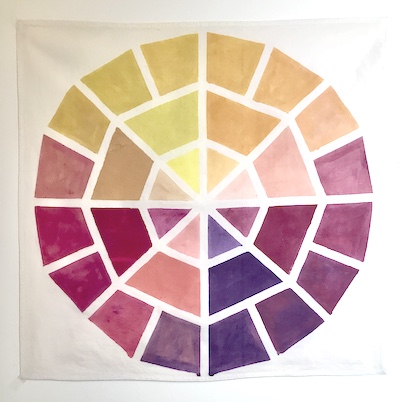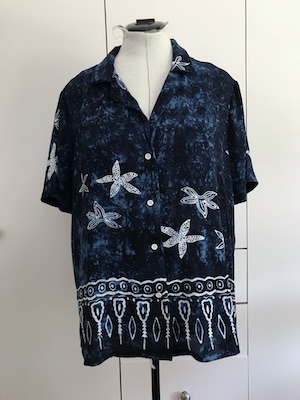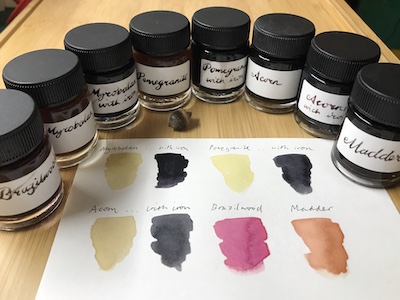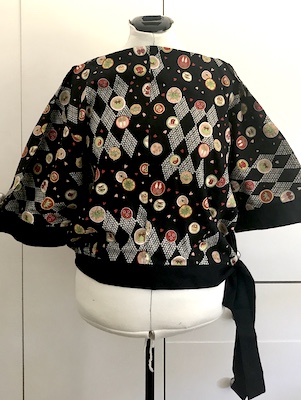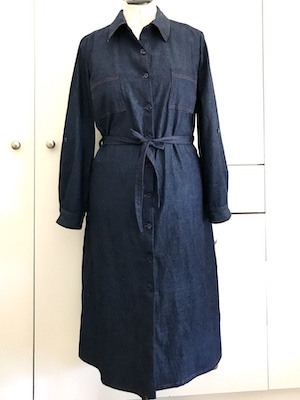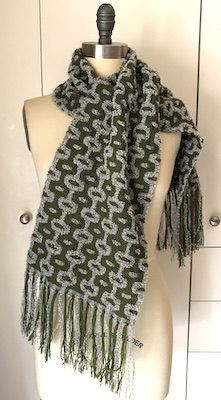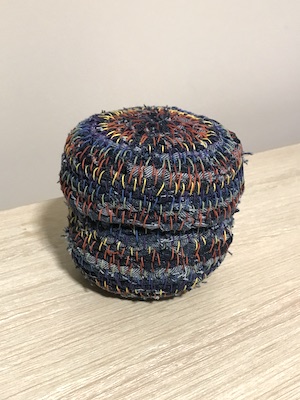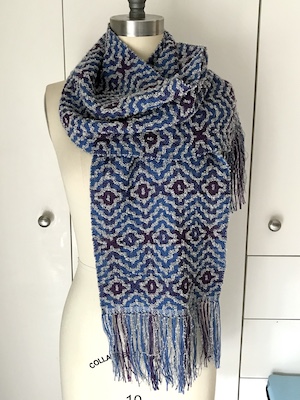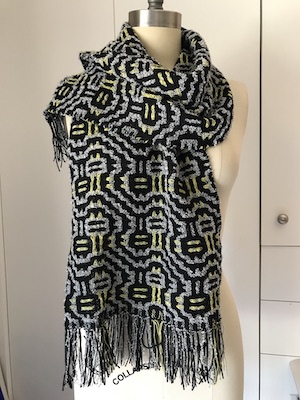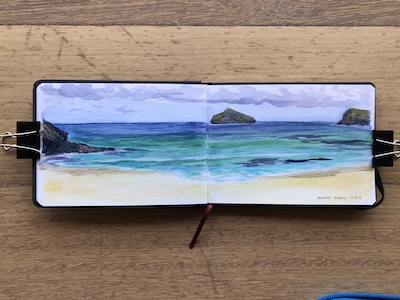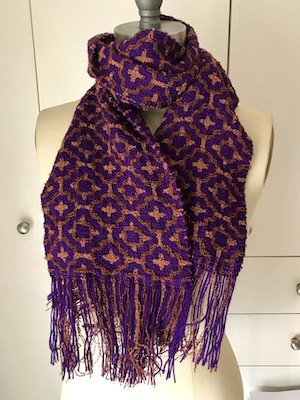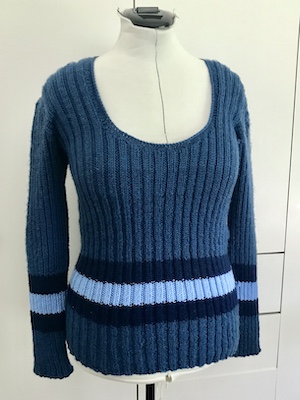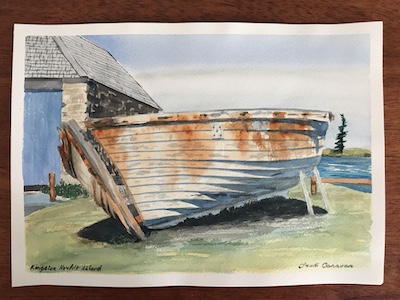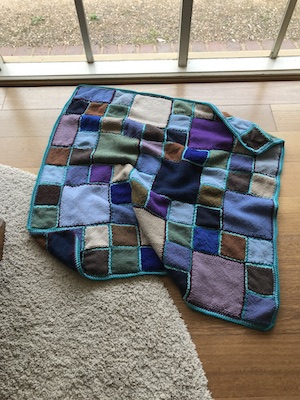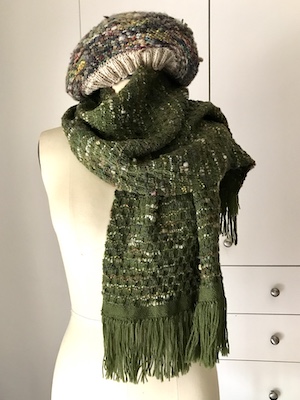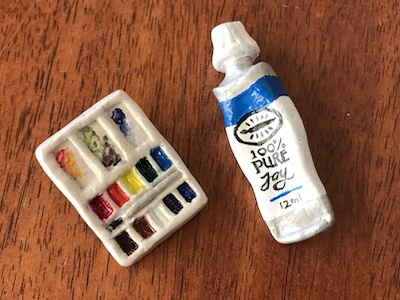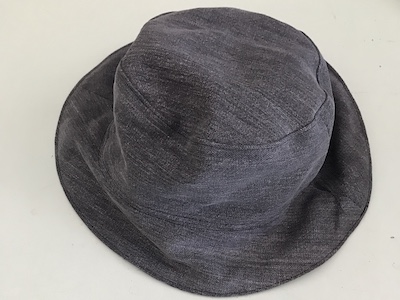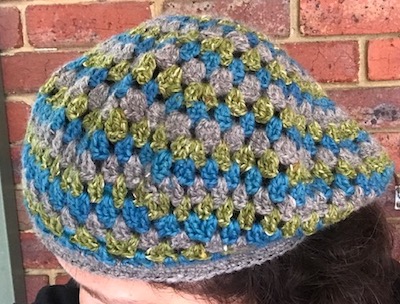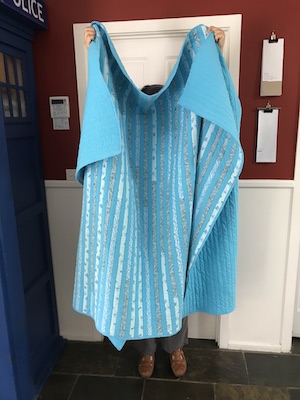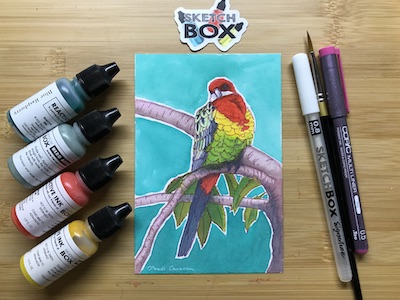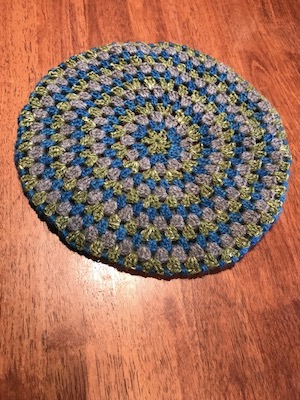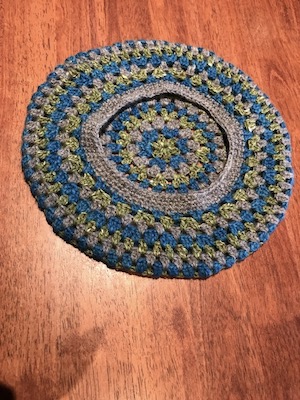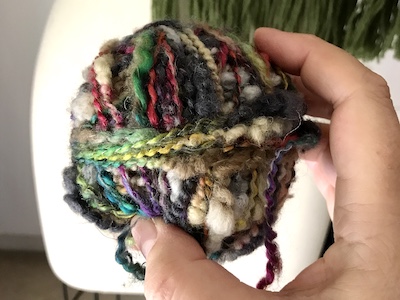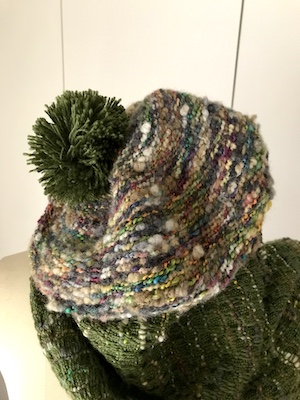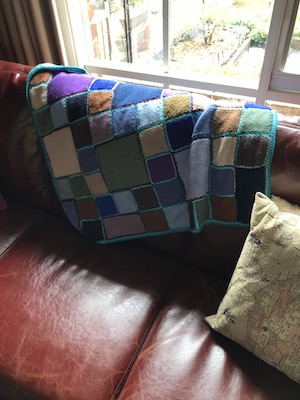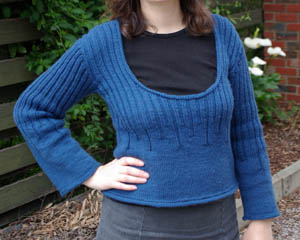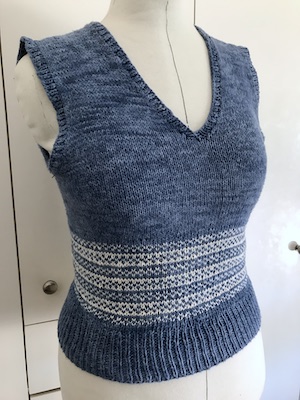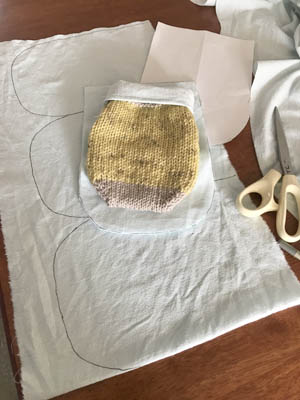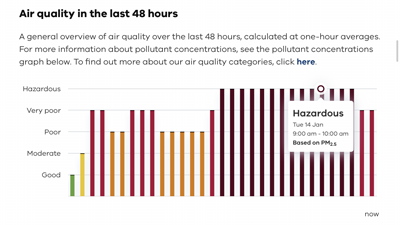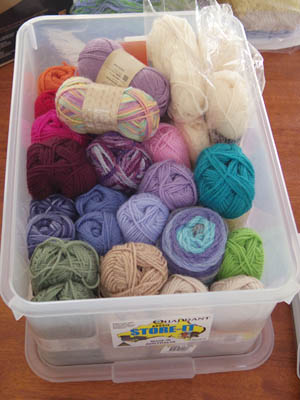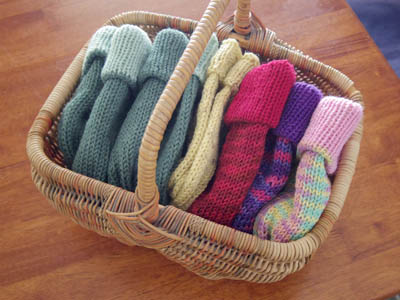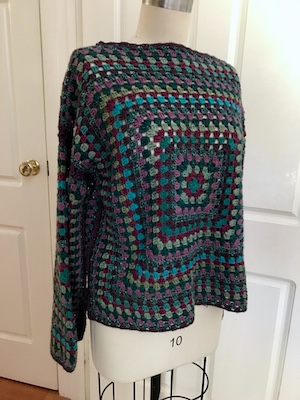
When I cleared out and assessed my yarn stash last year, I put aside some 8ply/dk yarn in greens and purples with some kind of crochet granny square garment in mind. The mix skewed a bit dark and green, so when I found some mauve yarn in an op shop a few days later I knew it was what was needed to brighten the colour scheme.
Patterns I’d considered included several granny squares made into a jacket or a jumper in the usual grid, the same but joined at a 45 degree angle, a jumper with one really big square each for the front and back, and two hexagons that could be folded up to make one half of a body and sleeve in each piece.
While the multiple squares versions had a traditional appeal, by the time I’d crocheted a square using all the yarns it was much bigger than required for the multi-square garments. It looked good, and the thought of the sewing together of squares didn’t appeal – probably due to subconscious memories of the pin loom blanket. If I just continued on enlarging the square I’d soon have a front, so I decided to do the square-for-front-and-back design.
I didn’t use a pattern, figuring I’d just crochet until the square was big enough for a front, then repeat for the back. Being the perfectionist I am, I decided I wanted both sides to match and that wouldn’t be possible if I ran out of one of the yearns, so I began crocheting both at the same time. Then I noted that the sleeves in one of the patterns I liked are also big squares, so I started those and had four squares going at once.
When the sleeve squares reached the right size for my arms, I put them aside and I continued on with the front and back. Then when the front and back were big enough I decided I wanted the sleeves to end on the same colour, so I added some more rounds. Then I joined everything with a join-as-you-go method, which is something I’ve not tried before. It was a nice surprise to find that the sleeves are the perfect length. The only extra crocheting I did was a single round of granny clusters around the neckline.
I really enjoyed making this jumper and I wish it was cold enough in Melbourne to wear it. The bigger the rounds got the longer they took, which I didn’t mind. I only had trouble making myself stop so my hands didn’t get sore. I’m now ready to try turning the UK trip scarf yarn into a garment.

